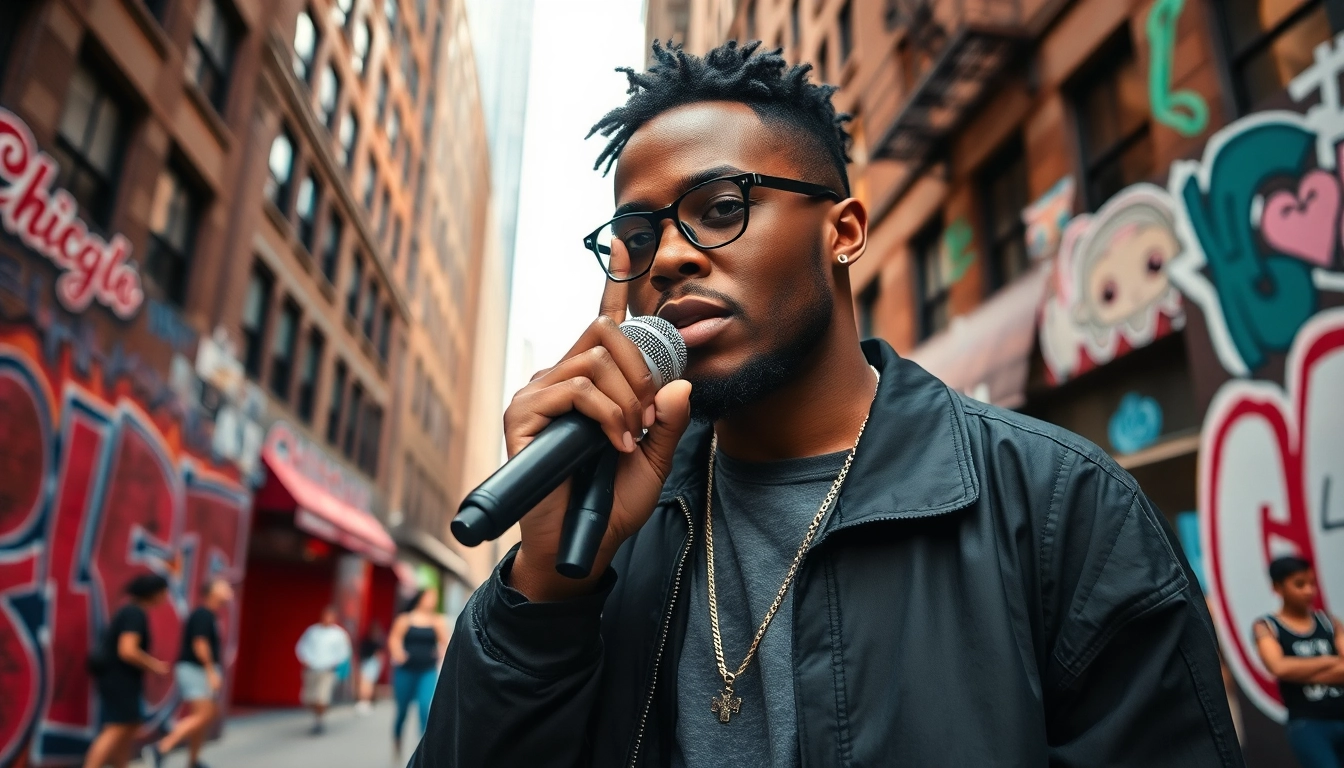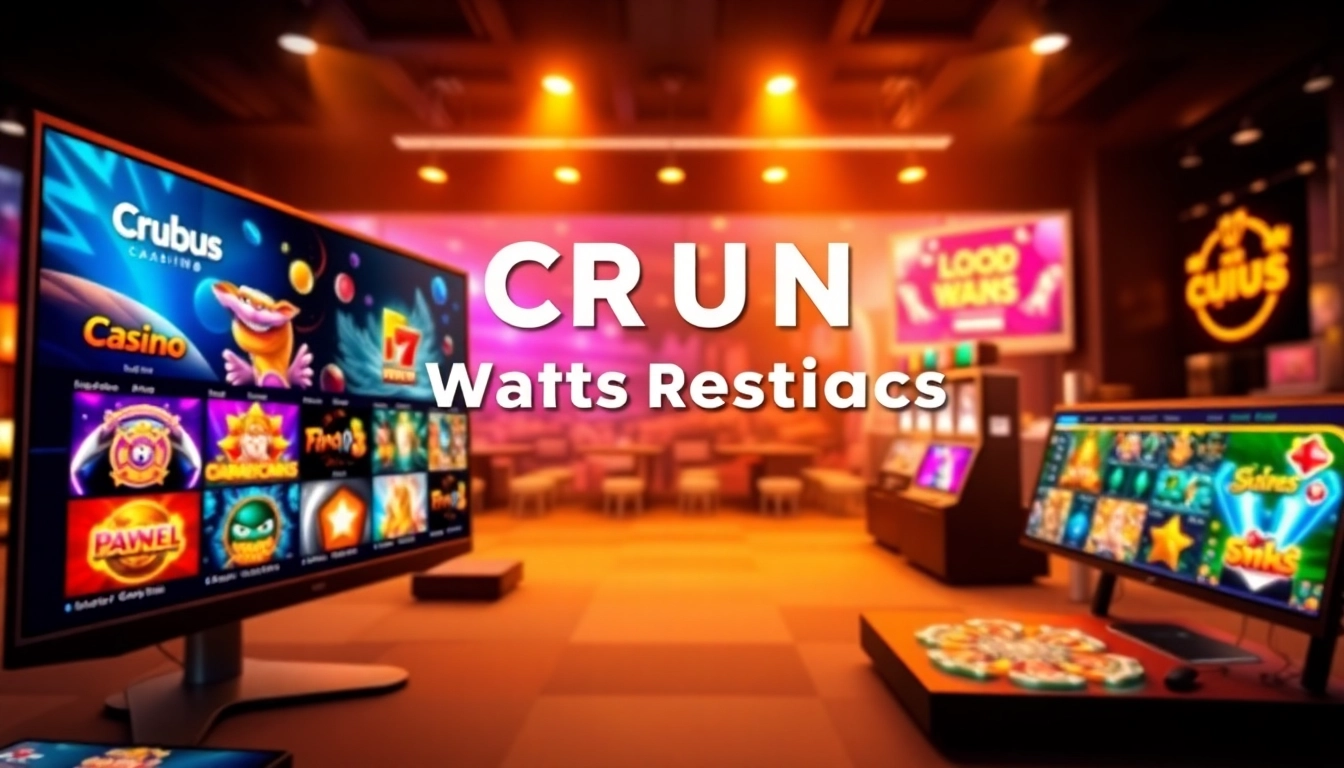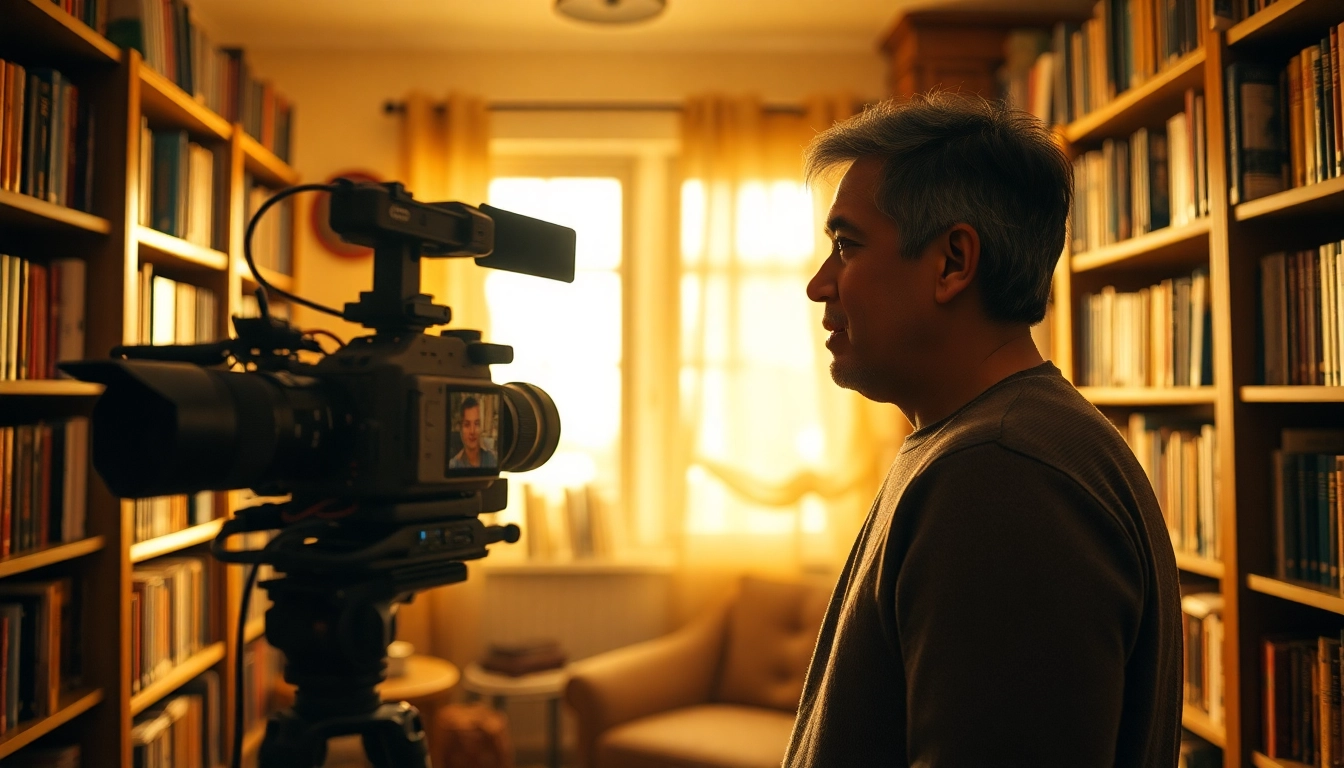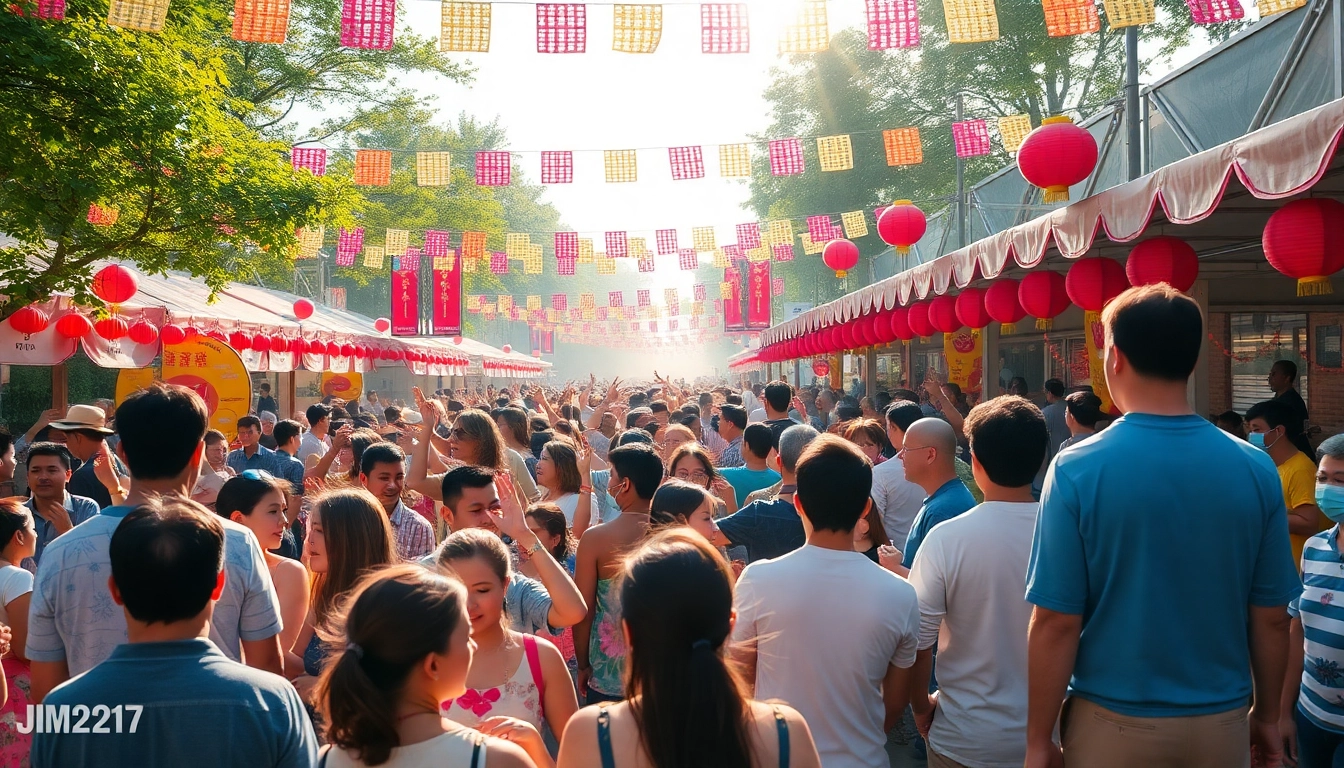Understanding Chicago Rap Lyrics and Their Significance
Chicago has long been a melting pot of cultural influences, deeply impacting the music that emerges from the city. Among these, rap music has exhibited a unique ability to capture the voice of its neighborhoods, making the Chicago rap lyrics significant not only artistically but also socioculturally. The lyrics often serve as a reflection of the city’s complexities, struggles, and the resilience of its communities, making them vital to understanding both Chicago’s past and present.
Historical Roots of Chicago Rap
The roots of Chicago rap extend back to the city’s vibrant music scene of the late 1970s and early 1980s. The emergence of hip-hop in New York inspired early Chicago artists, but it wasn’t until the 1990s that the city began to cultivate its unique style, influenced by local socio-political conditions, urban struggles, and community pride. Pioneers like Common and Kanye West began to emerge, establishing a sound that was distinctly their own while laying the groundwork for future generations.
As Chicago artists began to gain prominence, the city saw the rise of various subgenres of rap, reflecting the diversity and narrative complexity. Common’s introspective lyrics addressed social issues and personal experiences, while artists like Twista brought a different flavor with rapid-fire delivery and storytelling. By the mid-2000s, a mixture of influences had formed the foundation of what would become a flourishing local rap community.
Cultural Influences in Chicago Rap Lyrics
Chicago’s cultural influences are as diverse as its residents. The city’s rich tapestry of African American history, alongside its immigration history, has shaped a musical landscape filled with varied perspectives. Gospel, blues, and jazz roots can be traced through the music. This deep-seated cultural heritage is evident in the lyrics of artists who often draw upon their surroundings, using the stories of their neighborhoods to connect with a wider audience.
Moreover, the rise of social media and streaming platforms has enabled a new wave of artists to cultivate audiences, expanding the reach of Chicago’s rap narrative. Artists like Chance the Rapper have effectively used their platforms to speak on issues such as education, gun violence, and social justice, amplifying the necessity for change through their songs.
Key Themes in Chicago Rap Songs
One of the most significant elements of Chicago rap is its raw, unfiltered honesty. Artists often discuss themes of violence, survival, and the systemic challenges faced by marginalized communities. These narratives create a mirror reflecting the realities of life in Chicago, where crime rates and economic disparities have historically shaped experiences. Lyrics revolving around gang culture, family struggles, and the quest for success resonate deeply, allowing listeners to gain insight into the hardships faced in urban environments.
Conversely, Chicago rap also celebrates resilience and identity. Pride in one’s neighborhood and the fight to rise above challenging circumstances are recurring motifs that inspire hope and solidarity. Whether it’s in tracks celebrating local pride or those addressing the struggles of life, these themes make Chicago rap an essential voice in America’s broader hip-hop narrative.
The Rise of Drill Music in Chicago
The term ‘drill’ refers to a subgenre of rap that originated on the South Side of Chicago in the early 2010s. Characterized by its dark, aggressive beats and violent lyrical content, drill music provides a platform where artists articulate the brutality of street life. The emergence of this genre not only shifted the landscape of Chicago rap but also brought national attention to the city’s music scene.
Origins and Characteristics of Drill Lyrics
Drill music emerged as a direct reflection of the pervasive violence and social unrest experienced within various communities in Chicago. Artists like Chief Keef, Lil Durk, and Fredo Santana became defining figures of the genre, their lyrics resonating with youth who saw their realities echoed in the music. Drill lyrics often portray stark realities, touching on issues such as gang violence, police encounters, and loss, encapsulating a fleeting, yet impactful narrative of life in Chicago’s neighborhoods.
The production style of drill tracks features heavy bass, synthesized sounds, and an overall menacing tone, contributing to its distinctive sound. This musical framework allows artists to explore and express complex emotions, giving voice to experiences that may otherwise remain unheard.
Prominent Artists Shaping the Drill Scene
Chief Keef is perhaps the most recognizable name in drill music. His breakout hit “I Don’t Like” catalyzed the genre’s explosion into mainstream hip-hop and set the tone for countless subsequent artists. Chief Keef’s raw lyrics, paired with his unique flow, brought attention to the realities faced in Chicago’s neighborhoods and influenced a new generation of artists.
Other notable figures, including Lil Durk and G Herbo, have further contributed to the richness of the drill scene. Lil Durk, with his melodic approach to drill, often blends introspective lyrics with the harshness of street narratives, creating a balance that resonates with listeners. G Herbo, on the other hand, provides a raw glimpse into his life experiences through storytelling, painting vivid pictures of the struggles he faced.
Impact of Drill on Chicago’s Music Landscape
The impact of drill music on Chicago’s music landscape cannot be overstated. It has created a new framework within which artists can express their realities, garnering significant visibility and setting the stage for collaborations with artists outside of Chicago. However, the genre’s association with violence has also led to controversy, as debates emerge about the relationship between music and real-life events. This scrutiny has forced artists to navigate their careers carefully, balancing authenticity with the potential repercussions of their lyrics.
Despite its challenges, drill music has birthed a vibrant community of artists, producers, and supporters. Its rise has changed how the world perceives Chicago rap, leading to a more nuanced understanding of the socio-political climate within the city. As drill continues to evolve, its influence on both local and global music remains indelible.
Iconic Chicago Rap Songs and Lyrics
Chicago rap has produced a wealth of iconic songs that not only define the genre but also serve as significant cultural commentary. Many artists utilize their lyrics to tell stories not just about themselves, but about the cities they represent and the lives they lead.
Analyzing Kanye West’s Love for Chicago
Kanye West is undoubtedly one of the biggest names to emerge from Chicago. His lyrics frequently imbue a sense of pride and a strong connection to his hometown. Songs like “Homecoming” reflect his nostalgia and love for the city, addressing the duality of success and the struggles that come with it.
West often references distinctive Chicago landmarks, references to local culture, and personal experiences that resonate with listeners. His ability to weave his identity into his music plays an essential role in portraying the broader Chicago narrative, encapsulating the city’s atmosphere and spirit.
Chance the Rapper’s Unique Voice and Perspective
Chance the Rapper has become a defining figure in modern music, acclaimed for his unique ability to blend gospel influences with hip-hop. His lyrics often celebrate the vibrancy of Chicago and highlight social issues affecting his community. Tracks like “Angels” invoke a sense of hope and perseverance, featuring messages of faith and resilience.
Chance employs personal narratives to connect with his audience deeply, bridging the gap between the local community and global listeners. His storytelling approach makes his work relatable and engaging, allowing others to understand the nuances of life in Chicago.
Other Influential Chicago Artists and Their Contributions
The diversity of Chicago rap extends beyond Kanye West and Chance the Rapper. Artists like Lupe Fiasco use their platform to address social injustices and critique the systemic issues permeating society. Songs like “Bitch Bad” provide a commentary on perceptions of women in the media, showcasing Fiasco’s commitment to thought-provoking artistry.
Similarly, artist Vic Mensa blends personal struggles with broader social critiques in his music, embodying the essence of modern rap while challenging listeners to reflect on critical issues. These artists contribute significantly to the narrative of Chicago rap, further enriching its diversity and cultural significance.
Chicago Rap Lyrics Today: A Reflection of Social Issues
Today’s Chicago rap lyrics continue to evolve, serving as a poignant reflection of the pressing social issues that permeate the city’s communities. Many artists leverage their influence to bring attention to injustices and advocate for change, using their music as a vehicle to ignite conversations.
The Role of Lyrics in Addressing Community Challenges
The lyrics produced by Chicago artists often delve into mental health, systemic racism, poverty, and gun violence, challenging the status quo and prompting discussions on these critical issues. By spotlighting these challenges, artists create a call to action for listeners, encouraging them to engage with their communities and push for change.
Through songs that recount personal experiences of struggle, Chicago artists provide a window into lives affected by these societal challenges, fostering empathy and understanding among broader audiences. This role as storytellers and activists positions contemporary Chicago rap as an important force for social change.
How Chicago Rap Artists Use Their Platform for Activism
Many artists go beyond using their lyrics to address social challenges; they actively engage in community outreach, charitable efforts, and activism. Chance the Rapper, for instance, has made headlines for his contributions to public education, establishing initiatives that directly address gaps in resources faced by students in Chicago.
By using their platforms to draw attention to critical social issues, artists are not only reshaping the narrative surrounding Chicago but also empowering their listeners to take initiative. This active engagement illustrates the power of music as a tool for social change, highlighting the intersection between art and activism.
Future Directions and Evolving Narratives in Chicago Rap
As the Chicago rap scene continues to evolve, new narratives and styles are emerging. Younger artists are integrating diverse stylistic influences into their music, fostering collaborations that transcend traditional genre boundaries. This evolution reflects the city’s ever-changing landscape, suggesting a future where Chicago rap continues to redefine itself.
Moreover, as artists gain national and international recognition, they will likely play a pivotal role in shaping how hip-hop and rap continue to develop globally. The impact of social media and streaming platforms equips these artists with unique opportunities to reach wider audiences, pushing the narratives of Chicago rap to the forefront of the music industry and ensuring its relevance in contemporary culture.
Resources for Exploring Chicago Rap Lyrics
For those looking to dive deeper into the world of Chicago rap lyrics, numerous resources, platforms, and publications can help in exploring this vibrant genre.
Top Websites and Platforms for Discovering Lyrics
Websites like Genius offer lyric breakdowns and artist annotations, providing insight into the meanings behind various rap lyrics. Streaming services such as Spotify and Apple Music also curate playlists that feature prominent Chicago rap artists, making it easier to discover new music. Additionally, platforms like Audiomack and SoundCloud are essential for exploring underground artists who contribute to the depth of the Chicago rap scene.
Books and Documentaries on Chicago Music Culture
Several books and documentaries track the history and cultural significance of Chicago rap. Works like “The Rap Year Book” by Shea Serrano contextualize the evolution of rap across various cities, including Chicago. Documentaries like “City of Dreams” highlight the stories of Chicago’s artists and their contributions to the music landscape, providing both historical context and contemporary relevance.
Engaging with Chicago Rap Through Live Performances
Attending live performances showcases the energy and authenticity of Chicago rap. Local venues often feature both established and emerging artists, allowing attendees to experience the music in its rawest form. Festivals like Lollapalooza and Pitchfork Music Festival frequently include Chicago artists, celebrating the local scene while allowing fans to engage with the music and culture firsthand.



